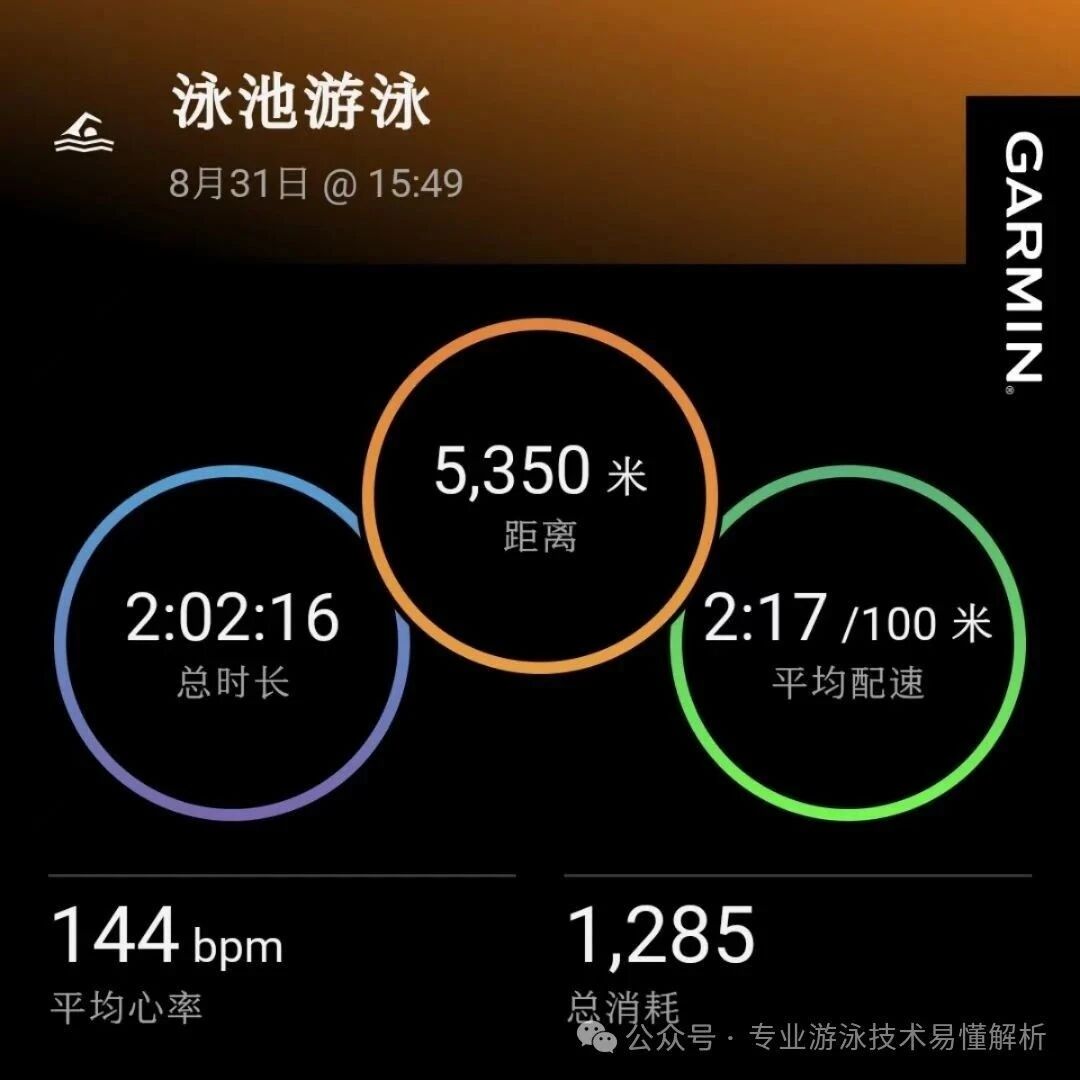The three stages of mastering breathing technique in swimming: comfortable lungs, comfortable core, and comfortable movement.
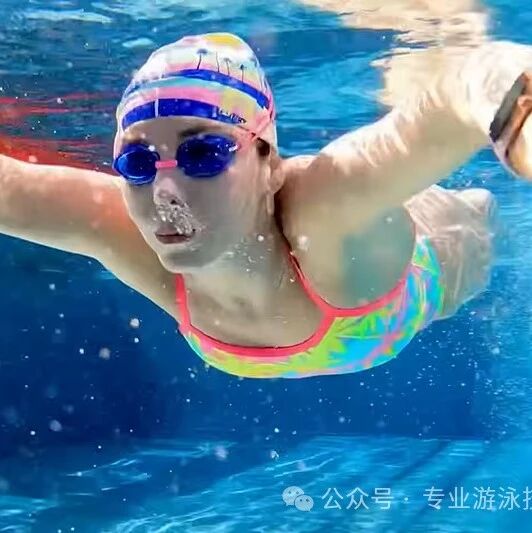
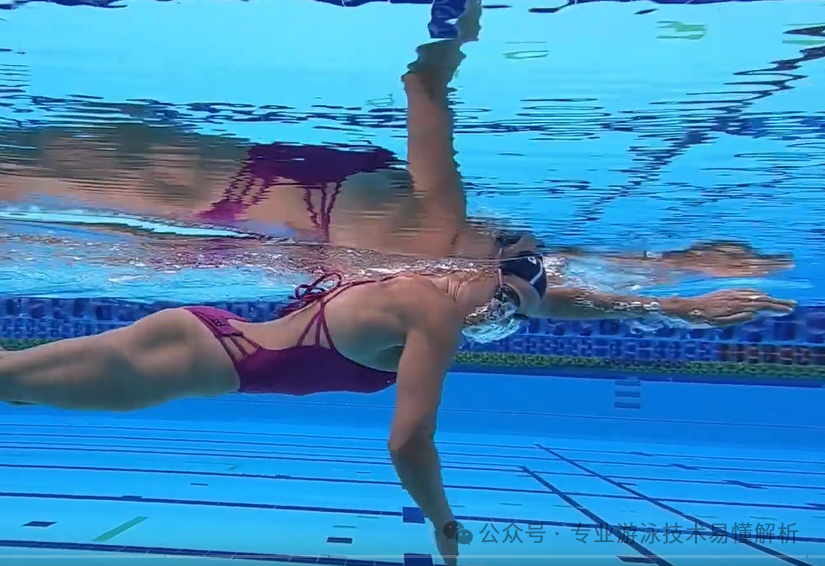
No matter the swimming stroke, efficient breathing is essential—backstroke is no exception. In fact, your ability to breathe effectively during swimming directly impacts your overall swimming performance. Of course, each stroke requires slightly different breathing techniques and practice methods. Yet, the key to improving your breathing lies first in truly understanding the mechanics of breathing itself: using logic to guide your practice, refining your technique through sensory feedback, and then distilling these insights into actionable experience. This cyclical process—where sensory awareness gradually gives way to rational mastery—is how you elevate your skills from instinctive to highly refined.
Breathing in swimming happens in two steps: exhaling and inhaling. As long as your exhalation is smooth and controlled, inhaling will occur naturally—no need to force it, or rather, avoid actively trying to inhale. A swimmer’s breathing technique can be improved through three distinct stages, progressing from beginner to advanced: the beginner stage focuses on comfortable lung function, the intermediate stage emphasizes core stability, and the advanced stage centers on seamless, fluid movement.
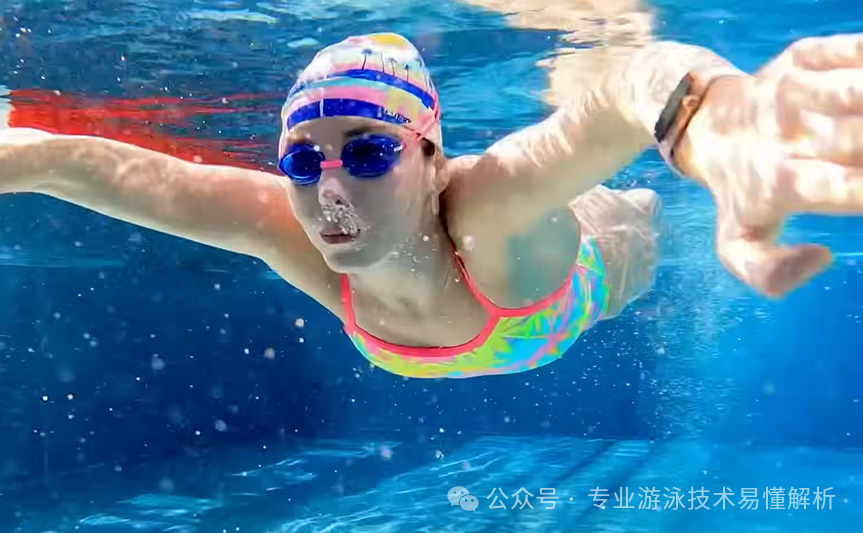
1. Lung feels comfortable
The key to comfortable breathing is preventing the buildup of stale air in your lungs. In addition to exhaling thoroughly, make sure to inhale naturally and promptly afterward. Some swimmers, however, tend to take a sudden, forceful breath right as they emerge from the water—while this ensures a complete exhale, the abrupt, explosive nature of the exhalation often leads to water rushing back in during inhalation. That’s why it’s important to exhale slowly and steadily, gradually increasing the force just as you break the surface. As you blow away the water, gently open your mouth to allow a smooth, natural intake of air.
The key to mastering continuous exhalation lies in controlling the speed of your breath—try to maintain a steady pace underwater, noticing how your lungs gradually shrink as you exhale. Pay close attention to the comfort level in your lungs during this process.
There are two primary ways to exhale: through your mouth or your nose. If you choose to exhale slowly with your mouth slightly open, or by alternately moving your lips from one side to the other, it’s both fun and an effective way to regulate your breathing speed. On the other hand, if you prefer using your nose, simply breathe out at a natural, effortless pace.
Regardless of whether you’re breathing through your mouth or nose, make sure to increase the force of your exhalation just before surfacing—this ensures a thorough release of air and helps clear water from your mouth, preventing any risk of choking.
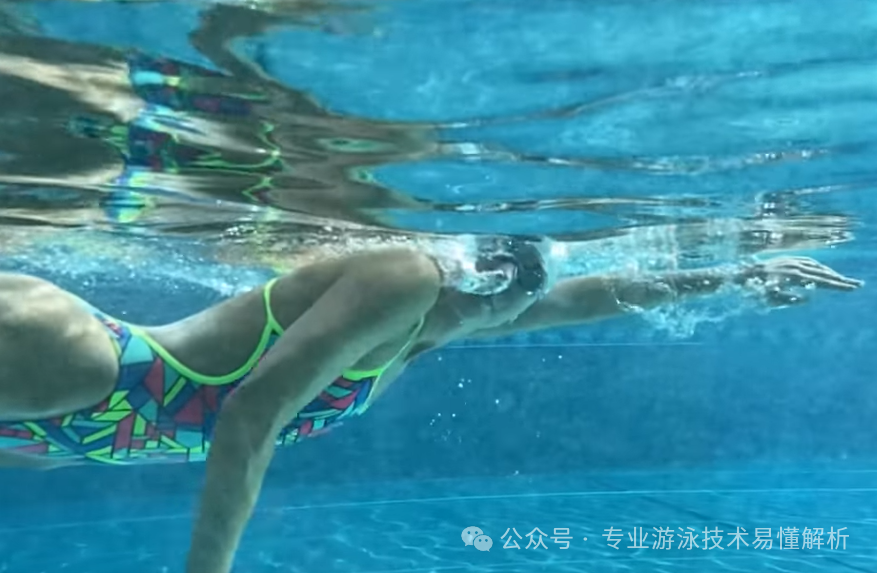
2. Core comfort
Swimming is no exception—once you master the technique of engaging your core, your overall swim becomes not just a smooth, fluid sequence of external movements, but also an efficient transfer and seamless coordination of internal power. This allows you to reach the ultimate state of effortless, continuous propulsion: maintaining momentum at all times while conserving energy for a performance.
Returning to the topic of breathing, in freestyle swimming, breathing also plays a crucial role in keeping your core comfortably engaged. When swimming freestyle, maintaining a straight body position relies heavily on gently tightening and stabilizing your core—specifically your abdominal muscles. Lightly contracting your abdomen effortlessly helps your body stay balanced in the water, while also enhancing the synergy between your leg kicks and the powerful propulsion generated by pushing against the water.
When breathing, always leave a bit of air in your abdomen to allow it to tighten naturally—no need for deliberate effort. The key difference lies in the sensation: deliberately tightening your abdomen feels more like the "engaged core" you’d experience when tucking in your stomach and lifting your hips, whereas natural tightening mimics the subtle tension just before delivering a punch. The latter approach is far more effective for activating your core strength.
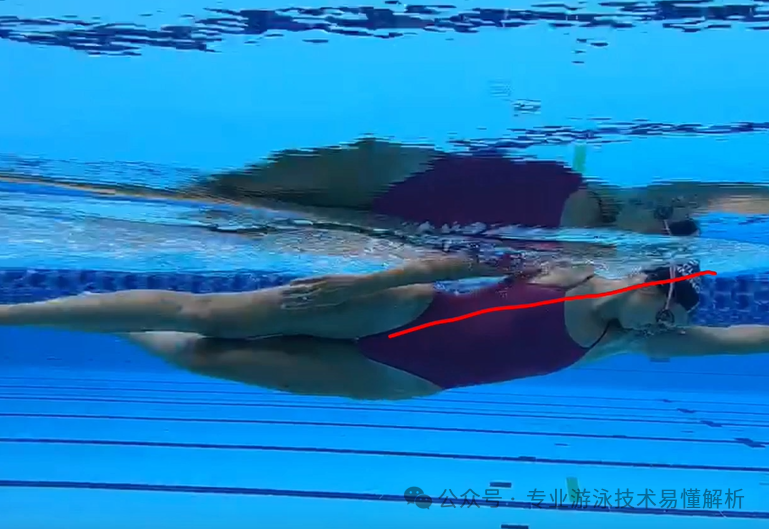
3. Comfortable movements
The ultimate mastery of breathing lies in coordinating both exhalation and inhalation not just with the rhythm and pace of your movements, but even with their intensity and direction—sometimes even requiring you to consciously hold your breath to ensure maximum efficiency during anaerobic activities. Take freestyle swimming as an example: underwater, exhale slowly while pushing the water forward and smoothly transitioning your arm through the recovery phase. Pay close attention to how the speed of your exhalation synchronizes with these actions—and with practice, you’ll discover the subtle yet powerful technique of fine-tuning your breathing to enhance your stroke’s effectiveness. For instance, when your arm drives forcefully through the water or makes a quick, explosive sweep, your underwater exhalation should become faster. However, this rapid exhalation must remain smooth and controlled, seamlessly blending into the natural rhythm of your stroke. When executed correctly, this coordinated breathing pattern significantly boosts the overall performance and power of your swim.
One WeChat official account shares swimming tips, while another focuses on software insights, online resources, and reading experiences.
Thank you for your supportive and encouraging likes, as well as the comments that spark meaningful conversations—and even more, we’d love to see those shares and retweets!
Related Articles
Detailed analysis of the full-immersion swimming concept, helping you truly master the techniques and principles of this unique swimming style.
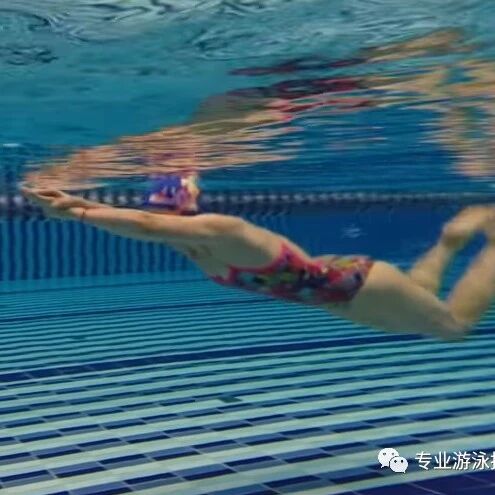
Three Main Reasons Why You Can't Get a Proper Butterfly Kick, Plus Pain-Free Beginner Tips for Butterfly Swimming
